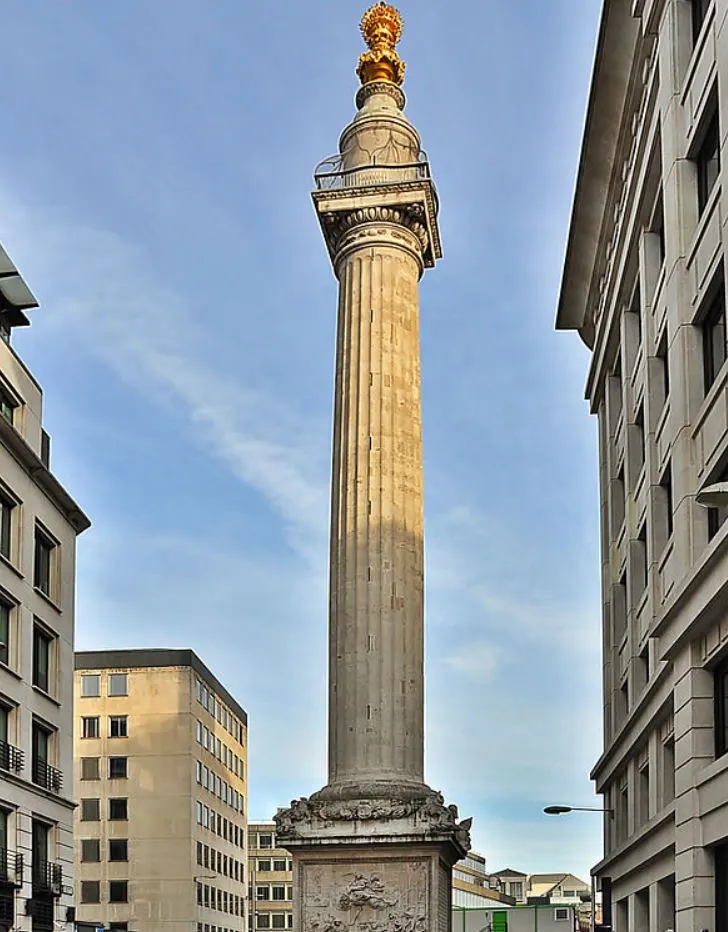One of the most fascinating structures in Rome is an enormous monumental triumphal column.
In this post, you’ll discover the ultimate list of interesting facts about Trajan’s Column, a must-see landmark in the city.
1. It’s located in a forum named after the Emperor who built it
Trajan’s Column is a massive victory column located in the historical heart of the city of Rome. It’s situated on Trajan’s Forum, a large public space of ancient Rome constructed by Emperor Trajan who ruled over the empire from 98 to 117 A.D.
The ruins of this forum including the column are located just north of the most famous ancient Roman marketplace, the “Forum Romanum” or “Roman Forum.”
On the opposite end of the forum, there’s also “Trajan’s Market,” the ancient shopping mall that was also constructed during his reign and which has been preserved remarkably well.

2. It was built to commemorate two major Roman wars
The finances of the Roman Empire weren’t that good when Trajan took over, so he had to figure out a way to fill up the empire’s chest with silver and gold. One popular method of achieving that was to conquer a certain area that was rich in goodies and turn it into one of Roman’s provinces so they could collect taxes.
Because the Dacians had been causing trouble near the Danube River for many years, he decided to declare war on this region in Eastern Europe, an area that covers large parts of modern-day Romania and Moldova, just north of Macedonia and Greece.
The operation didn’t go as smoothly as originally expected as it took two campaigns between 101 and 102 A.D. and 105 and 106 A.D. to finally bring the Dacians to their knees. This eventually happened and Trajan’s Column was constructed to commemorate these victories.
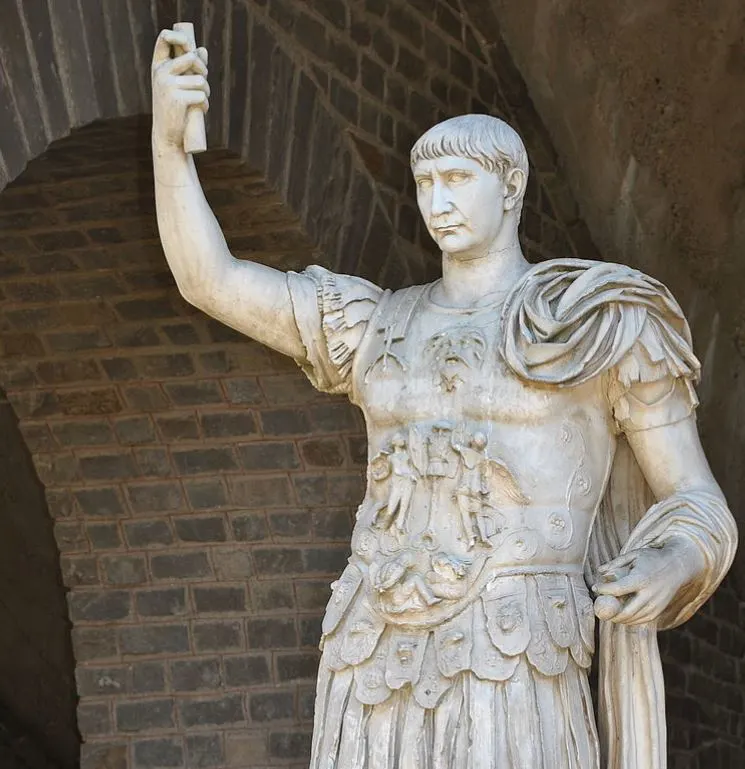
3. The monument is much bigger than it appears to be
The column doesn’t appear to be that big initially, but if you get a view of the column which includes the surrounding buildings you can see that it’s actually enormous.

From the ground to the tip of the statue on top of it, the monument stands exactly 38.4 meters (126.0 feet) tall. The shaft of the column, excluding the pedestal and statue, is exactly 29.76 meters (97.64 feet) tall which is the equivalent of 100 Roman feet.

4. It was put together with 20 enormous marble blocks
Building this enormous monument must have been a massive endeavor, especially considering that 20 massive Carrara marble blocks weighing 32 tonnes each had to be stacked on top of each other.
The shaft of the column is hollow and has a diameter of 3.7 meters (12.1 feet). This also means that there’s a spiral staircase inside with exactly 185 steps that lead all the way to the top of the column and the viewing platform.
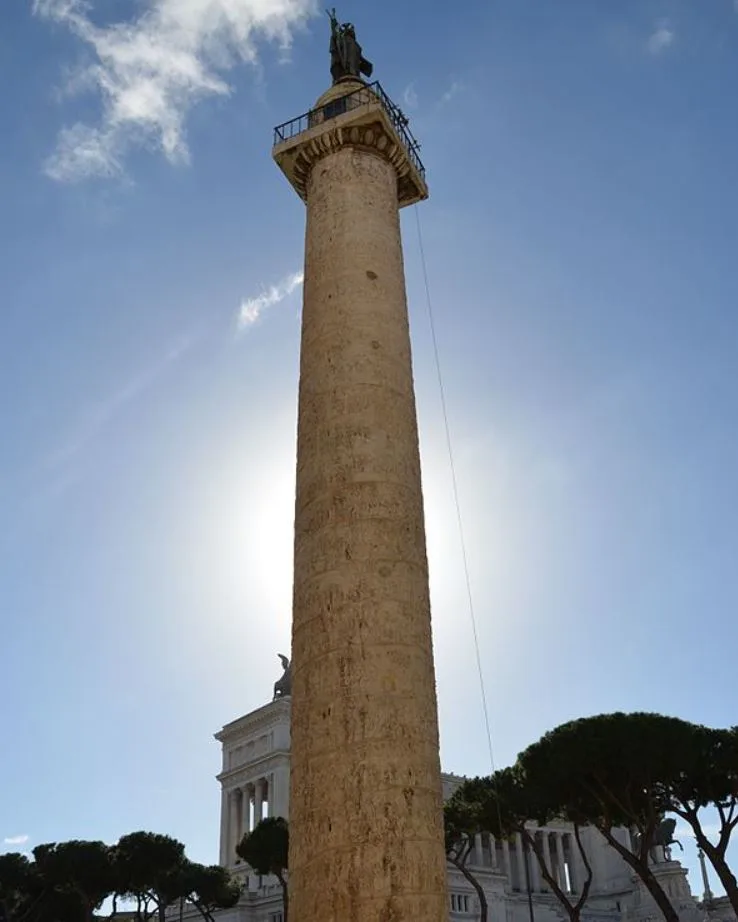
5. An additional structure had to be built to lift the blocks into position
These massive blocks had to be put into position without any modern equipment. The ancient Romans did, however, manage to build high structures using cranes, but these couldn’t go any higher than anywhere between 15 and 18 meters (49 and 59 feet).
This means that an additional wooden structure was built right next to the monument to lift the top blocks into position.
One of the most amazing facts about Trajan’s Column is that the top block was the heaviest of all, weighing a whopping 53.3 tonnes. They somehow managed to lift this enormous stone about 35 meters (115 feet) in the air, an amazing achievement!

6. Its architect built multiple structures all across the Roman Empire
It’s assumed that the favorite architect of Trajan is responsible for the design of the Emperor’s column. This ancient architect and engineer is known as Apollodorus of Damascus and was involved in multiple amazing projects in the Roman Empire.
Some of his most notable works apart from Trajan’s Forum, Market, and Column, were the Danube Bridge, the first bridge to be built across the Danube and a major feature during the Dacian Wars, and the Stadium of Domitian, a massive entertainment complex built by Emperor Domitian which was situated on the Piazza Navone.

7. It features a bas-relief that spirals 23 times to the top of the column
One of the most fascinating features of the monument is the bas-reliefs that depict scenes from the Dacian Wars. These decorations spiral 23 times to the top of the monument and have a total length of 190 meters (620 feet).
There are a total of 155 separate scenes which depict a total of 2,662 figures. The Emperor himself is depicted 58 times as well.
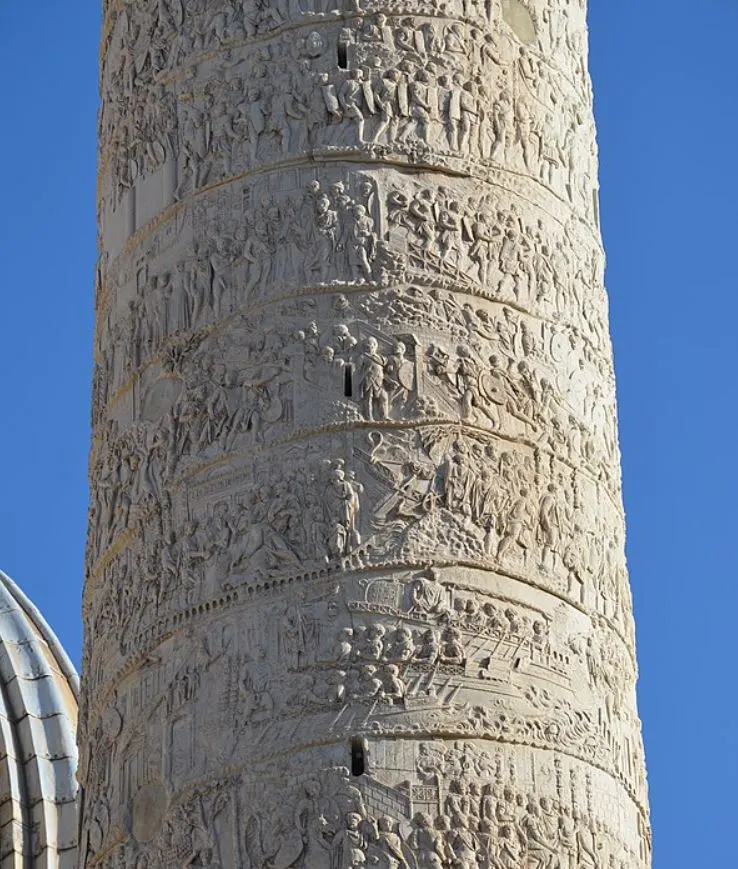
8. It features one of the rarest scenes ever depicted on war monuments
The hero of all the scenes is unsurprisingly Emperor Trajan himself, which hints at the idea that the column was constructed as part of a massive propaganda campaign.
The scenes do, however, depict way fewer battle scenes as usual in ancient Roman monuments. Most Emperors wanted to show their strength and showing scenes of epic battles was the perfect way to achieve this.
Trajan, on the other hand, wanted to portray himself as a man of justice, clemency, moderation, and restraint, which is why the battle scenes aren’t abundant and particularly violent.
One of the most surprising scenes is one of 5 Dacian women torturing 3 naked Roman soldiers, something not found in any other Roman monuments in history.
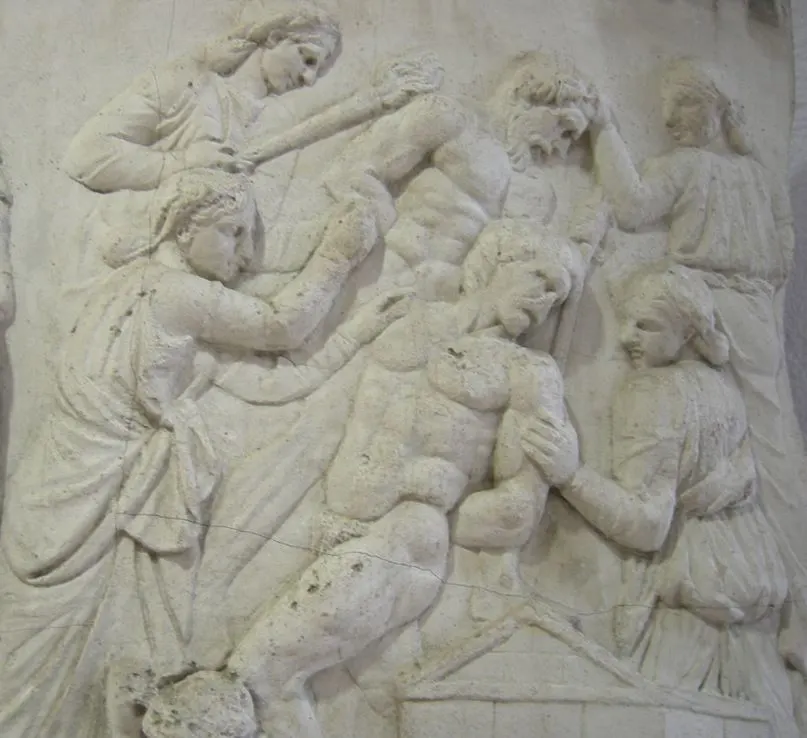
9. The statue of Trajan on top was replaced in the 16th century
The column mainly served as a symbol of Emperor Trajan and emphasize his greatness. After his death, he was deified and his ashes were buried in a chamber inside the pedestal of the monument.
The top of the column featured a statue of Trajan himself, but Pope Sixtus V had this was replaced with a bronze statue of Saint Peter on December 4, 1587. The original statue of Trajan was never seen again after the Middle Ages.

10. The column was part of a complex of 2 libraries that flanked it
Even though the column stands lonely in Trajan’s Forum today, it was originally flanked by 2 massive libraries which were part of the entire forum complex.
There were also viewing platforms on top of these libraries from which people of ancient Rome could get a clearer view of the top scenes.
It was impossible though to see all 155 scenes from whatever angle you looked at it, so it’s assumed that the 2 libraries that flanked it might have contained scrolls depicting each scene for people to admire.
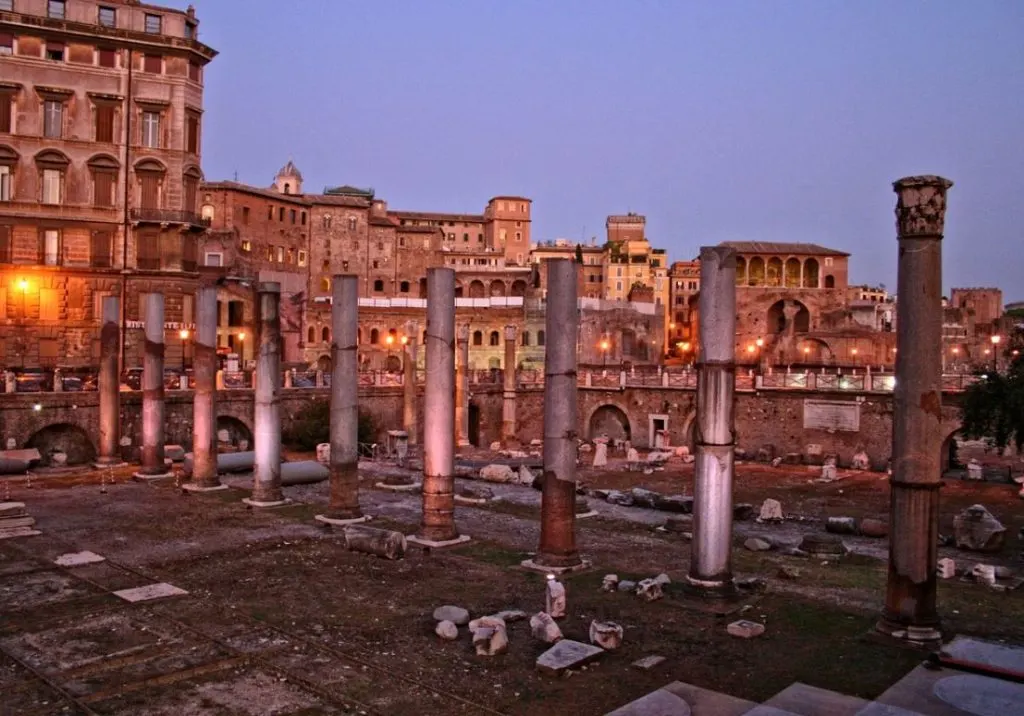
11. Plaster casts of the reliefs are on display in various museums
During the 19th and 20th centuries, plaster casts were made of all the scenes depicted on the columns. These are now housed in various museums all across the world, including the Museum of Roman Civilization in Rome, the National Museum of Romanian History in Bucharest, and the Victoria and Albert Museum in London.
Because the bas-reliefs on the column itself have suffered from pollution, these plaster casts provide a much better view of each scene as well.
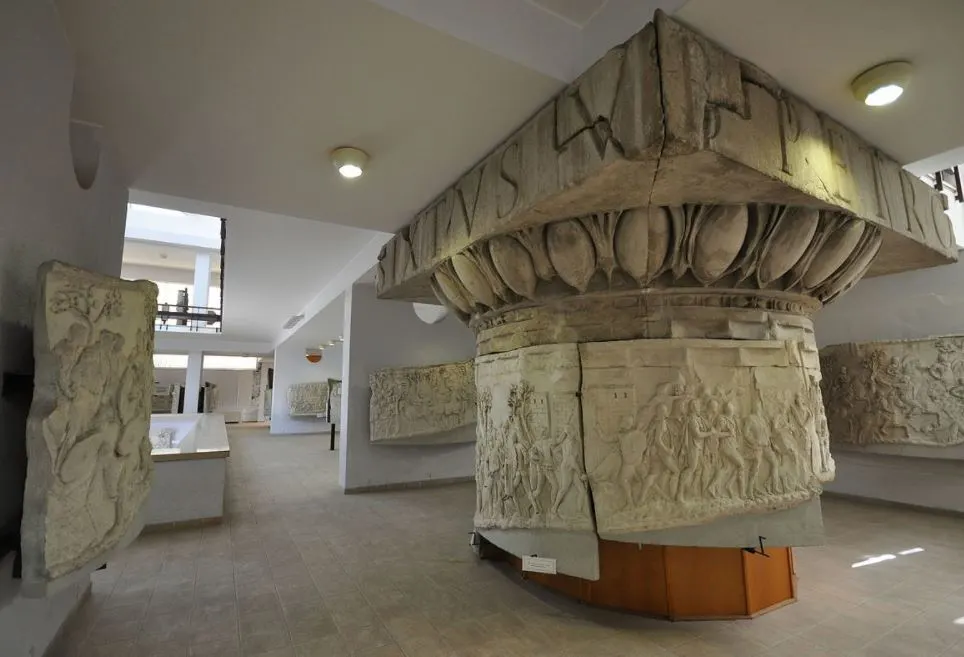
12. The column has served as the inspiration for countless monuments
Trajan’s Column was a revolutionary monument upon completion, and therefore, it has served as the main inspiration for both ancient and modern monuments. Some of the monuments that were modeled on the column built in the early 2nd century A.D. are:
- The column of Marcus Aurelius in the Piazza Colonna in Rome, Italy.
- Bernward Column in the St. Michael’s Church in Hildesheim, Germany.
- Astoria Column in Astoria, Oregon, United States.
- Two columns in front of the Karlskirche in Vienna, Austria.
- Colonne Vendôme in Paris, France.
- Monument to the Great Fire of London, United Kingdom.
